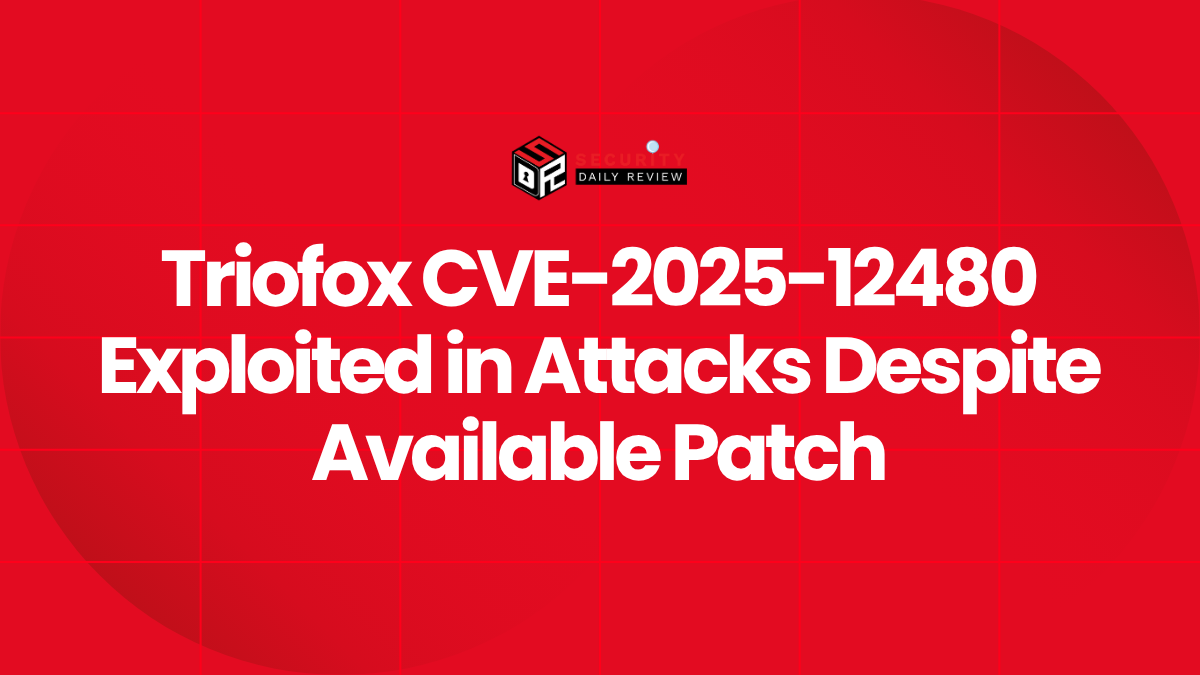A 2023 indictment unsealed last week revealed that a Russian national has pleaded guilty to acting as an initial access broker (IAB) for the Yanluowang ransomware group. The individual admitted to facilitating high-impact intrusions into at least eight U.S.-based companies between July 2021 and November 2022. These attacks resulted in significant operational disruption and sensitive data theft across multiple sectors.
Role of Initial Access Brokers Within the Ransomware Ecosystem
Initial access brokers are a critical component of ransomware operations. They compromise enterprise networks and sell access to threat actors who perform the actual ransomware deployment. By separating the preliminary breach from the ransomware execution, IABs allow ransomware groups to scale efficiently and evade attribution.
In this case, the Russian IAB capitalized on compromised credentials and unpatched software vulnerabilities to infiltrate corporate networks. According to the Department of Justice, the individual then sold or transferred that access to the operators of the Yanluowang ransomware family, one of many ransomware-as-a-service (RaaS) operations that have emerged in recent years.
Yanluowang Ransomware’s Tactics and Targets
Named after a Chinese mythological figure, Yanluowang (also spelled Yanluo Wang) is a relatively new but aggressive ransomware strain that surfaced in mid-2021. It distinguished itself by targeting large corporate networks while employing both encryption and data exfiltration as leverage.
Victim Profile and Attack Strategy
Between July 2021 and November 2022, the threat actor’s assistance enabled Yanluowang affiliates to compromise at least eight U.S. organizations. These included companies in manufacturing, technology services, and logistics. Typically, the attacks unfolded in two phases:
- The IAB supplied access by exploiting either weak credentials or previously known vulnerabilities.
- Yanluowang actors deployed ransomware and staged data exfiltration capabilities, then issued ransom demands threatening public data leaks.
The dual-extortion model — encrypting systems and threatening data exposure — remains standard among top-tier ransomware groups and fueled Yanluowang’s operational model.
U.S. Law Enforcement Response and Prosecution
Federal authorities continue to intensify their focus on disrupting ransomware supply chains, not just the attackers deploying the malware. The prosecution of initial access brokers represents an extension of that strategy.
According to the unsealed indictment, the Russian individual has agreed to plead guilty to conspiracy charges aligned with computer fraud and abuse. The individual faces sentencing later this year and could receive several years of imprisonment under U.S. federal law. U.S. officials emphasized cooperation with international law enforcement agencies in tracking down and apprehending cybercriminals operating beyond U.S. borders.
Continued Crackdown on Ransomware Infrastructure
This case follows a series of efforts by the U.S. Department of Justice (DOJ) and the FBI to dismantle ransomware networks by targeting supporting roles. Previous enforcement actions have focused on:
- Cryptographic infrastructure seizure
- Arrests of RaaS developers and affiliates
- Indictments targeting cryptocurrency laundering operations
By prosecuting initial access brokers, the DOJ sends a clear signal that all participants contributing to ransomware operations — from code developers to access sellers — will be pursued with equal intensity.
Implications for Corporate Cyber Defense Tactics
While ransomware actors grow more specialized, defenders must ensure visibility across the full threat lifecycle. The use of initial access brokers illustrates that organizations have a narrow window to detect early-stage intrusions before ransomware payloads are delivered.
Recommended Defensive Measures
Security teams should prioritize the following to mitigate IAB-facilitated ransomware threats:
- Implement multi-factor authentication (MFA), especially for remote and administrative access
- Monitor for suspicious lateral movement and privilege escalation
- Keep enterprise software and infrastructure patched against known vulnerabilities
- Use threat intelligence to track IAB activity within criminal marketplaces
By addressing the weak entry points commonly exploited by IABs, organizations can blunt the reach of ransomware crews like Yanluowang and prevent attackers from moving undetected through the kill chain.
A Broader Warning About Ransomware-as-a-Service
This case underscores the maturity and professionalization of ransomware-as-a-service. RaaS groups operate increasingly like distributed criminal enterprises, benefiting from compartmentalized roles such as developers, negotiators, infrastructure hosts, and access brokers. So long as these economic incentives persist and access remains easy to sell, IABs will play a persistent role in ransomware operations.
As the FBI and DOJ continue to chip away at this infrastructure, the cybersecurity community will need to adopt equally dynamic defense and detection strategies — recognizing that ransomware prevention starts well before the encryption process begins.









